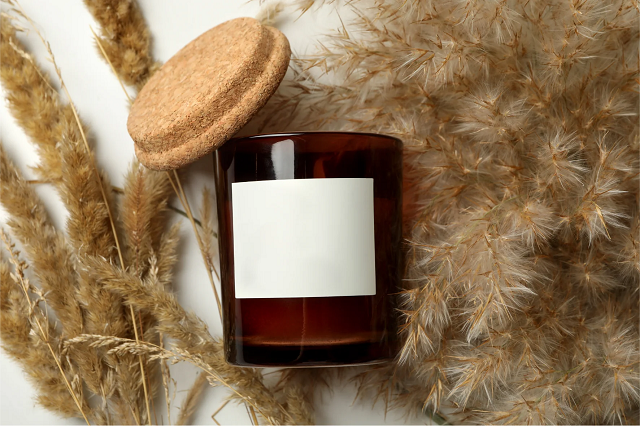
How to Choose Glass Jars for Candles
Many novice candle enthusiasts typically embark on their candle-making endeavors by crafting container candles. This is an excellent starting point as container candles are uncomplicated and relatively simple to create. Nevertheless, those new to candle making may encounter challenges in choosing an appropriate container that not only enhances the candle’s aesthetic appeal but also withstands the heat generated during burning. Opting for a jar that cannot endure the heat may lead to outcomes such as shattered glass, spilled melted wax, or, in more severe cases, a potential fire hazard. In this discussion, we will explore the criteria for choosing the optimal vessel for your container candles.
Heat Resistance
Ensuring the chosen glass jars for your candles is heat-resistant is crucial. Opt for tempered glass jars if you plan to use glass containers, as they are designed to withstand high temperatures. Canning jars, known for their heat resistance, are an excellent option. It’s important to avoid thin glass, like wine glasses, as they are prone to shattering. Other suitable heat-resistant containers for candles include oven-safe ceramics, cast iron, and tins, which won’t break under the heat generated by the candle.
Fireproof
The prevalent trend of utilizing dough bowls and other wooden vessels as candle containers might have given rise to misconceptions regarding fire safety. These containers, if left untreated, can pose a significant fire hazard. When in their natural state, they are susceptible to catching fire and may absorb wax, essentially transforming into a large wooden wick. Opting for a flammable container entails considerable risk.
For those determined to use a dough bowl or any wooden container as a candle vessel, it is imperative to apply a substantial coating of 100% waterproof sealer beforehand. Attempting to use a plastic container for candles is strongly discouraged, as even with a generous sealant layer, it would succumb to the candle’s heat and melt.
Containers made from materials like cement, terracotta, and clay are also popular choices for candle vessels. However, in their raw state, they are highly porous and can absorb melted wax, rendering them flammable and unsafe. To mitigate these risks, such containers must undergo a thorough application of a thick layer of sealant before being utilized in candle-making.
Shape Matters
While the allure of using a uniquely shaped container for your candles is understandable, caution is crucial to avoid complications in wick selection. It’s essential to recognize that a wick creates a circular melt pool with a consistent diameter from its initial burn to its final one.
For instance, opting for a vessel with a narrower top and a wider bottom could pose challenges in wicking. Using a wick suitable for the top would lead to tunneling towards the bottom, whereas a wick appropriate for the wide bottom could generate excessive heat for the narrower top, risking glass shattering.
A more prudent approach is to choose a cylindrical container with sides that are either straight up and down or gently taper towards the bottom. This ensures proper wicking and prevents issues associated with uneven burning.
Additionally, it’s important to ensure that the vessel’s shape doesn’t compromise stability. Containers with an uneven bottom or those featuring a pedestal bottom may be prone to tipping over, posing a potential hazard.
Glass Candle Jar
Glass candle jars stand out as the most widely favored candle vessels today, yet not all glass containers ensure safety. When selecting a glass container for candle making, it must possess thickness, smoothness, and the ability to withstand high temperatures.
Mason jars, specifically designed for pressure canning, are a secure choice for candle containers, boasting the capability to endure temperatures of up to 250°F. Their nonporous, smooth, and thick composition minimizes the risk of cracking.
Any glass jar exhibiting similar characteristics can be considered a suitable option for candle making. Here’s a curated list of jars recognized for their safety in candle crafting.
Conversely, exercise caution with other types of glass, steering clear of drinking glasses, wine glasses, glass vases, and other thin, delicate decorative containers that may not meet the necessary criteria for safe candle usage.
When selecting a candle container, there are numerous options available, but it’s crucial to recognize that not all are safe for use. Prioritize thorough research before investing in multiple vessels. Conduct tests by using them as candles in a secure environment to observe their reactions to heat.
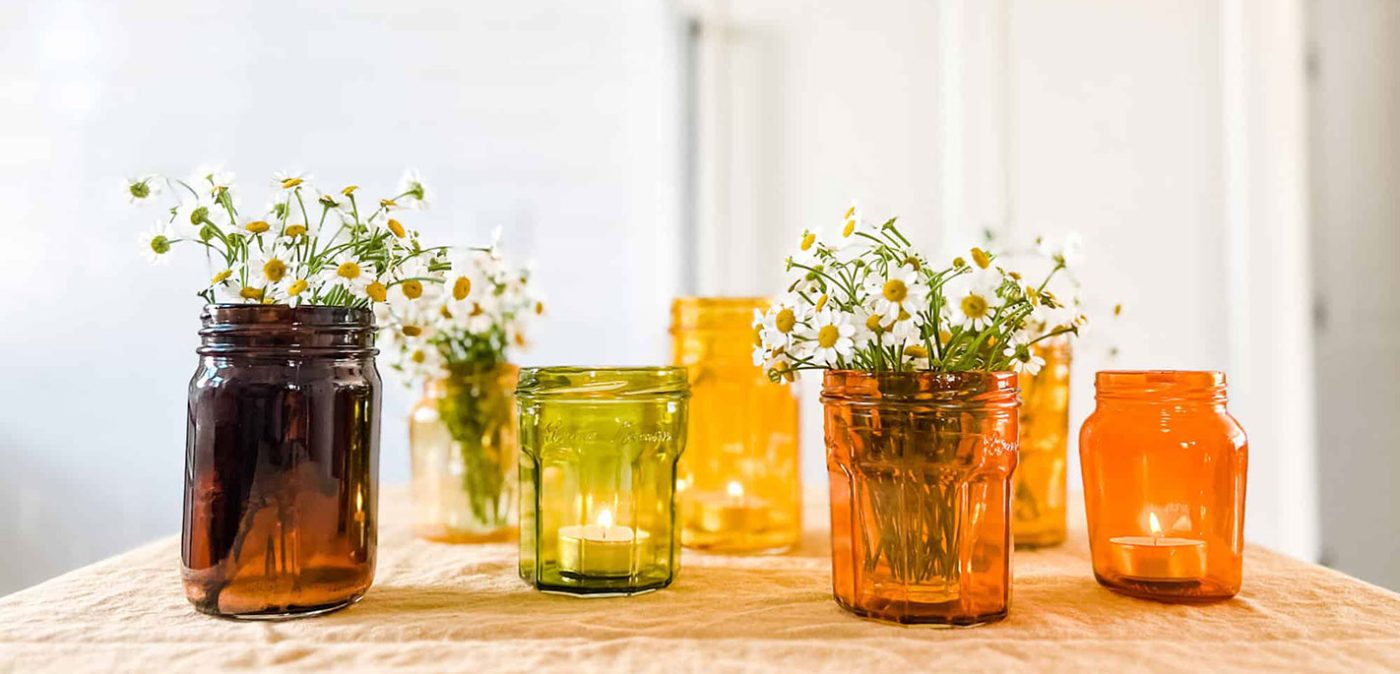
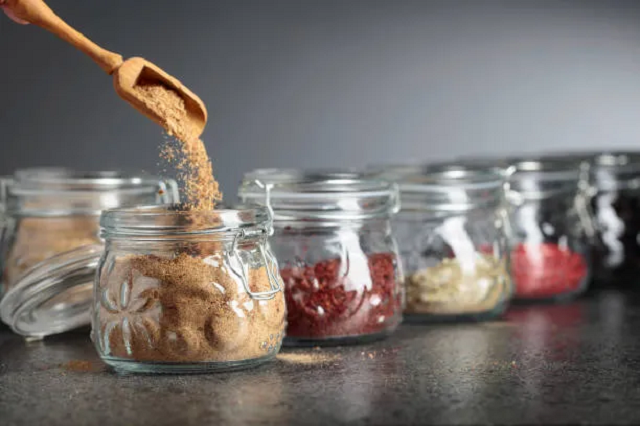
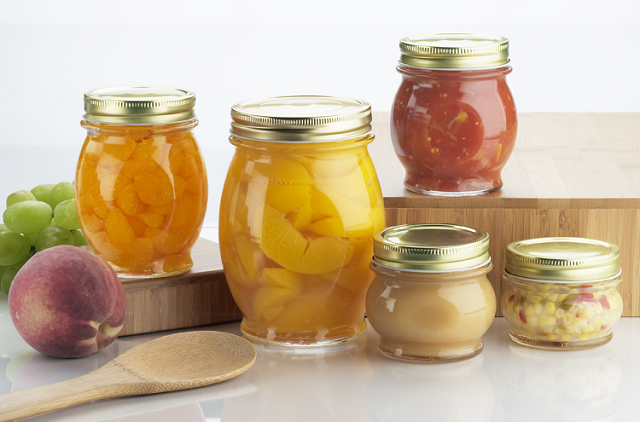
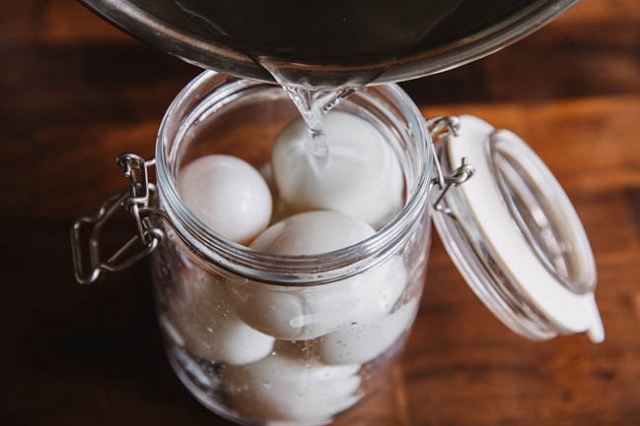
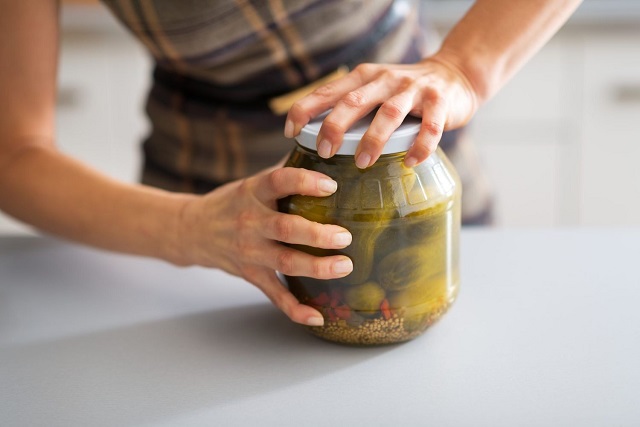


-
-
8 月
Tagged Glass Food Jars, Glass Jars, Glass Spice Jar, Uses of Glass Jars